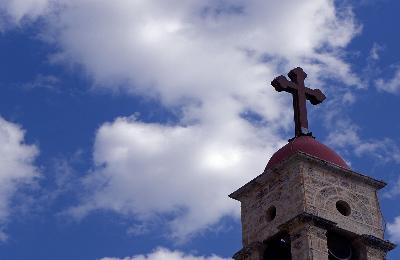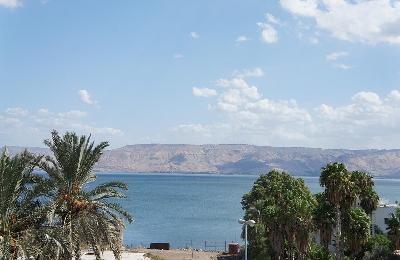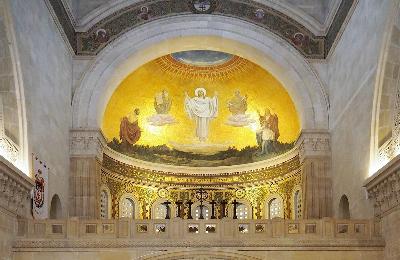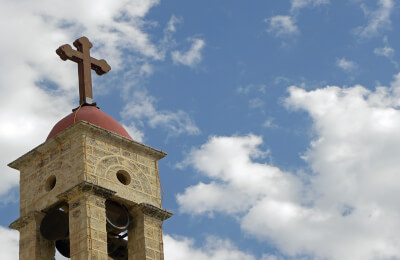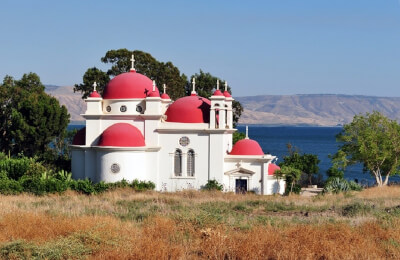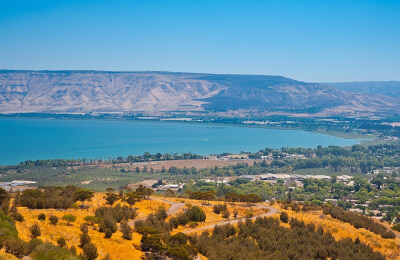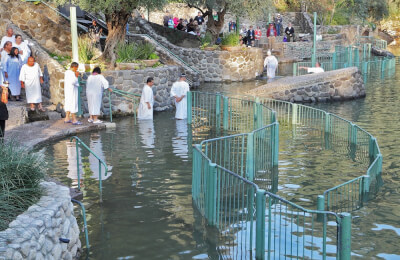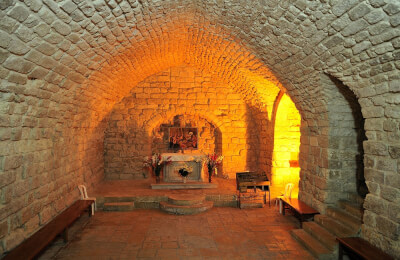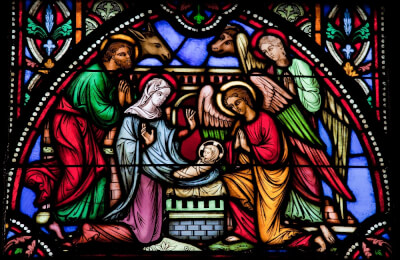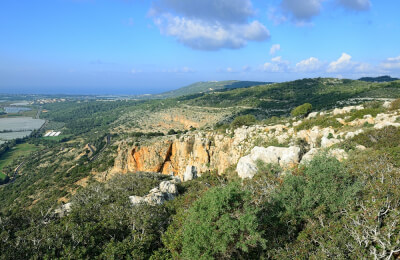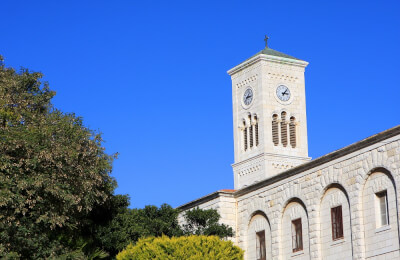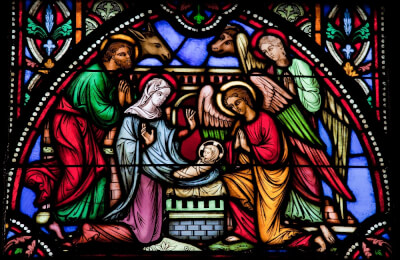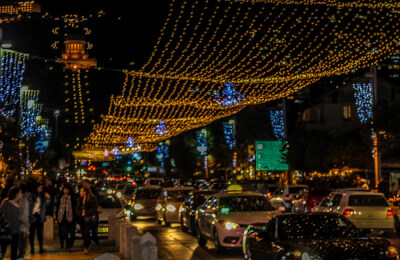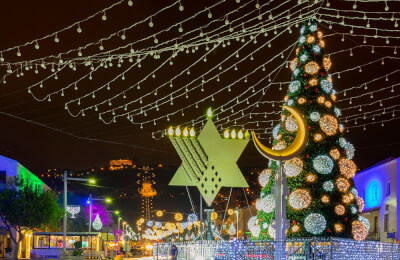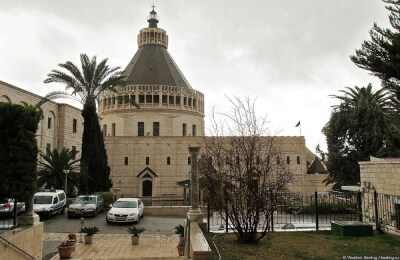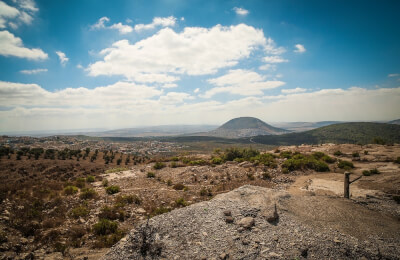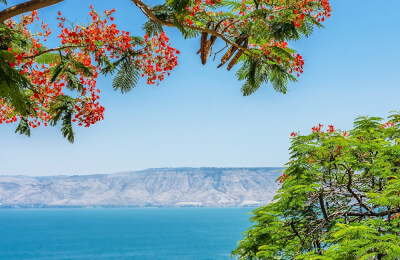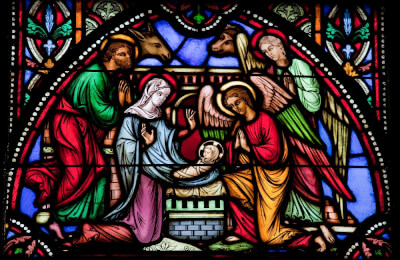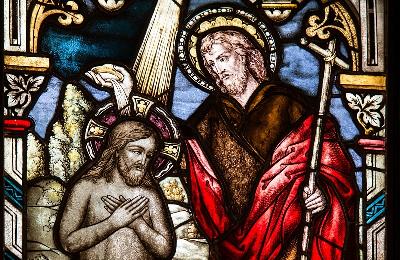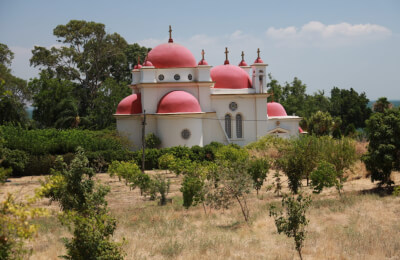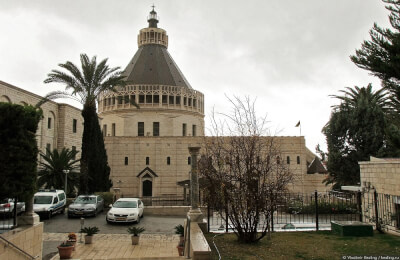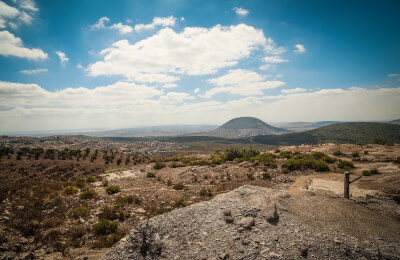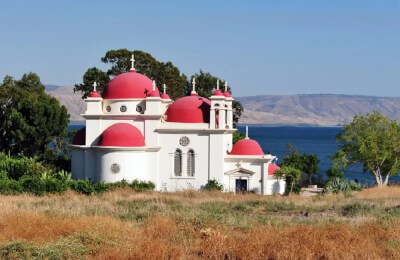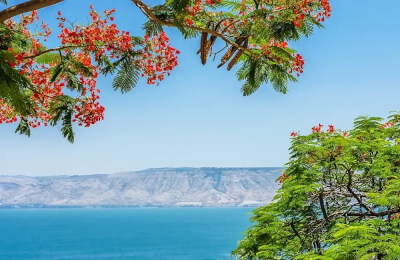10. Christian Galilee. Nazareth Promotion
512. Christmas in Nazareth Promotion
218. Annunciation in Nazareth Promotion
536. Easter in Galilee Promotion
 195₪
195₪
 195₪
195₪
127. Shrines of Nazareth Promotion
201. Horns of Hittin and Magdala Promotion
150. Wonders and Signs Promotion
 235₪
235₪
 235₪
235₪
520. Christmas Galilee Promotion
547. Baptism on the Jordan River Promotion
232. Panoramas of the Holy Land Promotion
 165₪
165₪
 165₪
165₪
Biblical Highlights of Galilee Promotion
Biblical Highlights of Galilee Promotion
We also found excursions from other cities that are close to your departure city
Other excursions that also deserve your attention
Nazareth, known as the "Arab capital of Israel," is a city imbued with historical, cultural, and religious significance. Situated in the northern part of Israel in the picturesque region of Lower Galilee, Nazareth is celebrated as the place where, according to the New Testament, Jesus spent his childhood, making it a focal point of Christian pilgrimage and religion. However, the city’s charm is not limited to its spiritual prominence. Nazareth is a vibrant mosaic of ancient history and modern culture, offering its visitors an intricate blend of the past and the present.
**Historical and Archaeological Wealth**
As you walk through the narrow alleys of Nazareth, you travel back to ancient times. The city has been inhabited for thousands of years, and this long history is reflected in its archaeological sites. Recent excavations have unearthed evidence of ancient settlements, offering fascinating insights into how life was lived thousands of years ago.
One of the most significant discoveries in Nazareth was a house dating back to the time of Jesus. Archaeologists have suggested that this ancient dwelling offers a glimpse into the socio-economic life of the era, reflecting a society of simple living and familial traditions. The findings in Nazareth, from ancient bathhouses to oil presses, not only speak volumes about its historical occupants' daily lives but also offer a context for the biblical narratives that hold Nazareth at their core.
**The Melting Pot of Religions and Cultures**
Nazareth is a unique blend of religions and cultures, having a predominantly Arab population of Muslims and Christians. This co-existence manifests in the city’s vibrant culture and is evident in everything from the architectural styles to the traditional markets, food, and festivals.
Visitors to Nazareth can hear church bells chime in harmony with the Islamic call to prayer, a testament to the city's religious diversity. The lively markets (souks) and the local cuisine, a blend of Middle Eastern and Mediterranean flavors, reflect the cultural amalgamation. Traditional Arab hospitality is evident throughout the city, where visitors are welcomed with warm greetings and often invited to share a cup of strong Arabic coffee.
**The Spiritual Heart: Churches and Holy Sites**
For Christian believers, Nazareth is the cornerstone of their faith. The city is replete with churches and holy sites, each commemorating different events from the Bible. The standout is the Basilica of the Annunciation, one of Christianity's most sacred shrines. This modern Catholic church was built over the remains of Byzantine and Crusader churches and is believed by many to be located over the house of Mary and Joseph.
This church, with its stunning architecture, including a towering cupola that represents an inverted lily opening its petals towards the heavens, is a pilgrimage site for millions. The lower level of the Basilica contains the Grotto of the Annunciation, believed to be the remains of Mary's original childhood home.
Apart from the Basilica, there's the Greek Orthodox Church of the Annunciation, built over the only freshwater spring in Nazareth, Mary’s Well. It's traditionally held to be the place where the Angel Gabriel announced the birth of Jesus to Mary. Each of these religious sites offers a unique spiritual narrative, contributing to the tapestry of devotion that characterizes the city.
**Festivals and Celebrations: A Testament to Multicultural Coexistence**
The city’s cultural vibrancy shines during various festivals, where religious and national identities intermingle. The most notable event is the annual Christmas market and parade. The festive atmosphere, highlighted by a towering Christmas tree in the city’s square, is palpable. Pilgrims from around the world join local Christian families in celebration, culminating in a midnight mass.
But it's not just Christian festivals that mark the calendar. Muslim residents celebrate Islamic holidays with equal fervor, and the entire city often participates. The blend of religious observances and national festivals, like Israel's Independence Day, underscores Nazareth’s complex and inclusive cultural identity.
**Modern Developments and Tourism**
In the contemporary era, Nazareth has expanded beyond its historical center with modern infrastructure, hotels, medical centers, and educational institutions. The city has embraced tourism, offering a range of experiences from luxurious resorts to historical inns.
One significant development is "Nazareth Village," an open-air museum that recreates daily life in Jesus' time, offering visitors an immersive historical experience. Moreover, the city's culinary scene is burgeoning, with numerous restaurants serving traditional and modern cuisine, attracting food enthusiasts.
**Preservation of Art and Handicrafts**
Nazareth pays homage to its history through the preservation of traditional arts and crafts. Workshops scattered around the city produce everything from hand-crafted olive wood carvings, which are a local tradition, to modern art pieces. The city is keen on preserving these crafts as a cultural legacy, offering classes and demonstrations to visitors.
In addition, Nazareth is home to several cultural centers and galleries that showcase local artists' works, preserving the Arab and Palestinian heritage and narratives through art.
**Challenges and Harmony in Contemporary Nazareth**
Modern Nazareth faces socio-economic and political challenges, including issues related to urban development, education, and integration into the broader Israeli economy. However, despite these challenges, the city stands as a symbol of possibility for coexistence. The mutual respect among its residents transcends the narrative of conflict often associated with the region.
Nazareth’s identity as a "city of peace" is exemplified by initiatives aimed at promoting interfaith dialogue and cultural understanding. Educational institutions in the city emphasize tolerance and mutual respect, fostering a spirit of unity within diversity.
**Concluding Reflections**
Today’s Nazareth is a city of contrasts and harmony. It holds an ancient story that the world knows, yet it continues to write new chapters through its cultural richness, historical preservation, and communal living. For travelers, it offers a multi-sensory experience - you hear the ancient echoes in modern streets, see the past standing strong in contemporary settings, and taste the tradition that has flavored its existence.
As a microcosm of the Middle East’s larger story, Nazareth reflects both the complexity and beauty of life in this region. It serves not just as a keeper of history, but as a living city influencing and shaping real human stories. A visit to Nazareth is not just a tour of sites; it's an invitation to witness a narrative of humanity's shared heritage, faith, and the possibility of a shared future.

